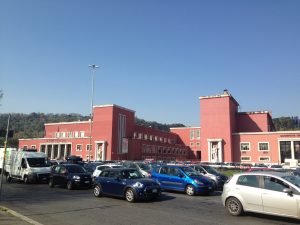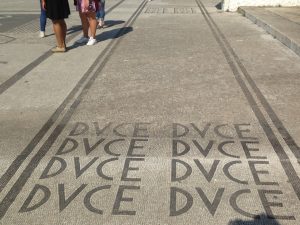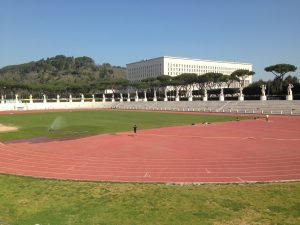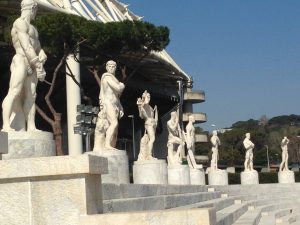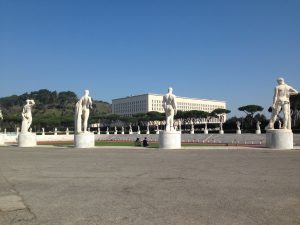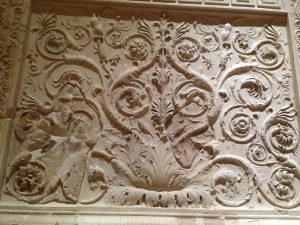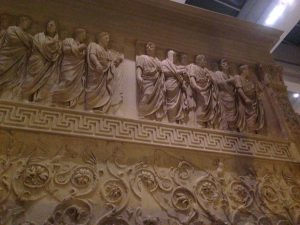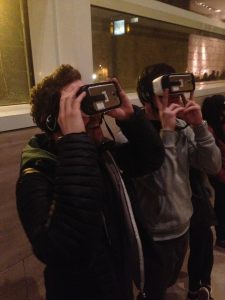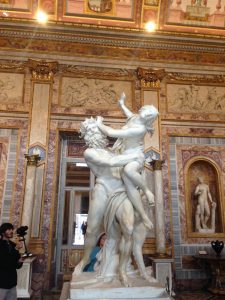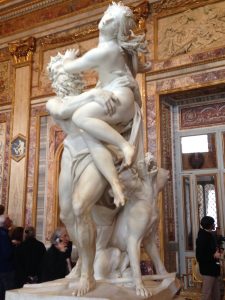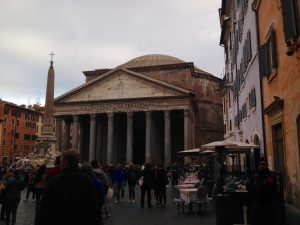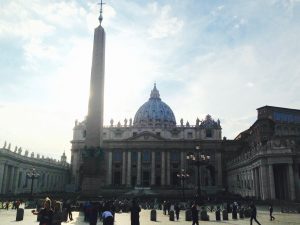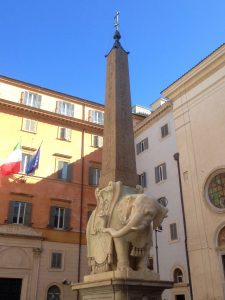
The painting of Beatrice Cenci by Guido Reni that is today found in the Palazzo Barberini was incredibly influential during the 19th century and features prominently in Nathanial Hawthorne’s The Marble Faun. Beatrice Cenci was the daughter of an abusive Roman nobleman who killed her father. Despite being the victim of her father’s depravity, Beatrice was found guilty of patricide in court and was therefore beheaded . In the Marble Faun, the haunting portrait of Beatrice leads to a debate on the nature of sin and guilt between the two main characters Hilda and Miriam. Was Beatice an avenger justified in her actions or a murderess who received the appropriate punishment? Although influential with visitors to Rome in the 19th century, today art historians doubt whether this painting is by Guido Reni or even if the figure depicted is Beatrice Cenci. Regardless of this, it is the profound impact that this painting has had on the imagination of such historical figures as Hawthorne, Charles Dickens, and Lord Byron that make this piece so interesting.
